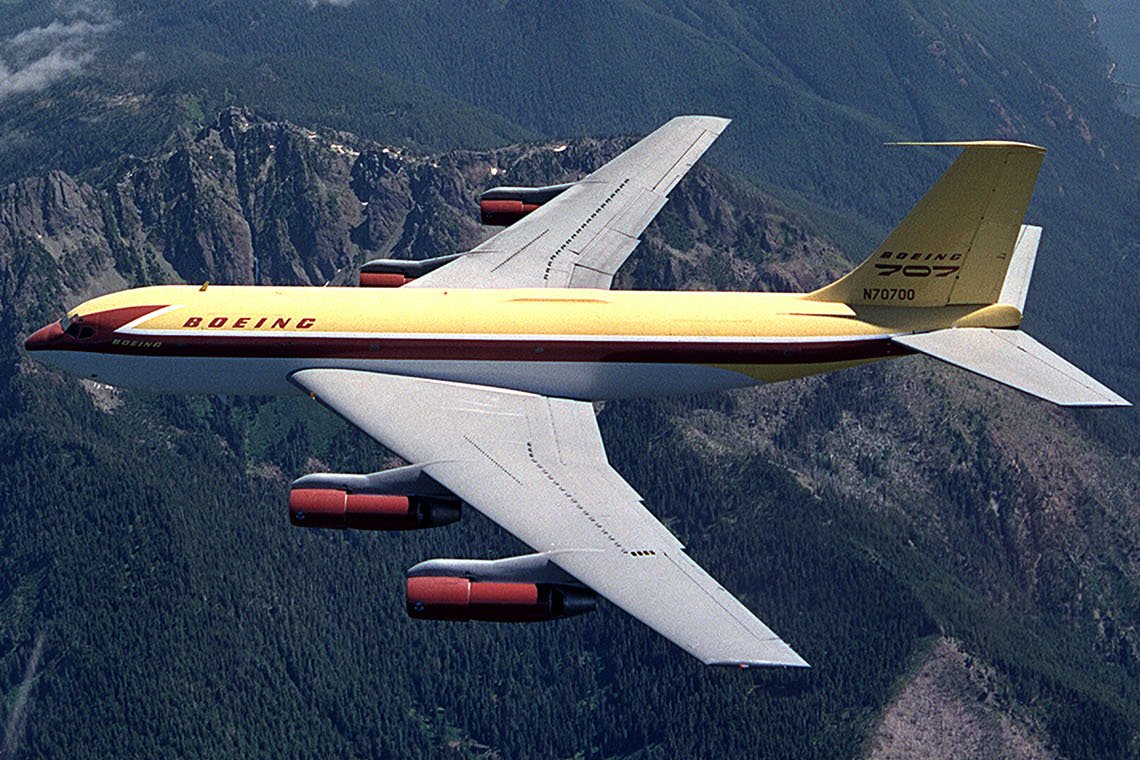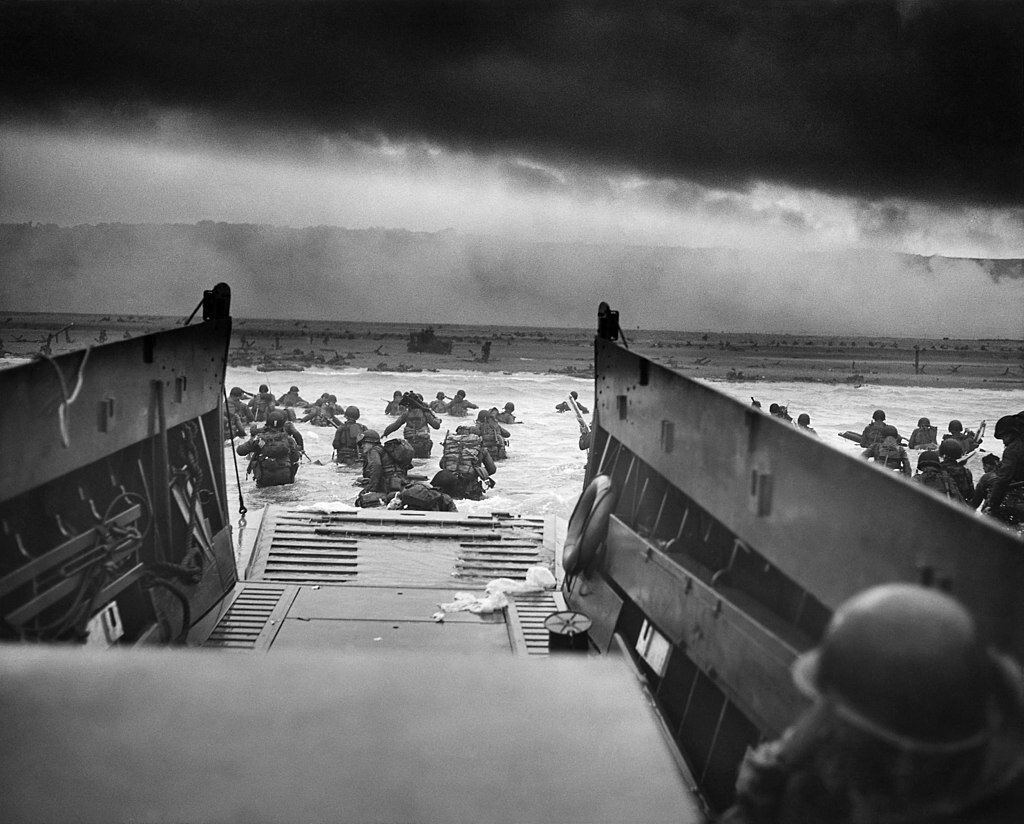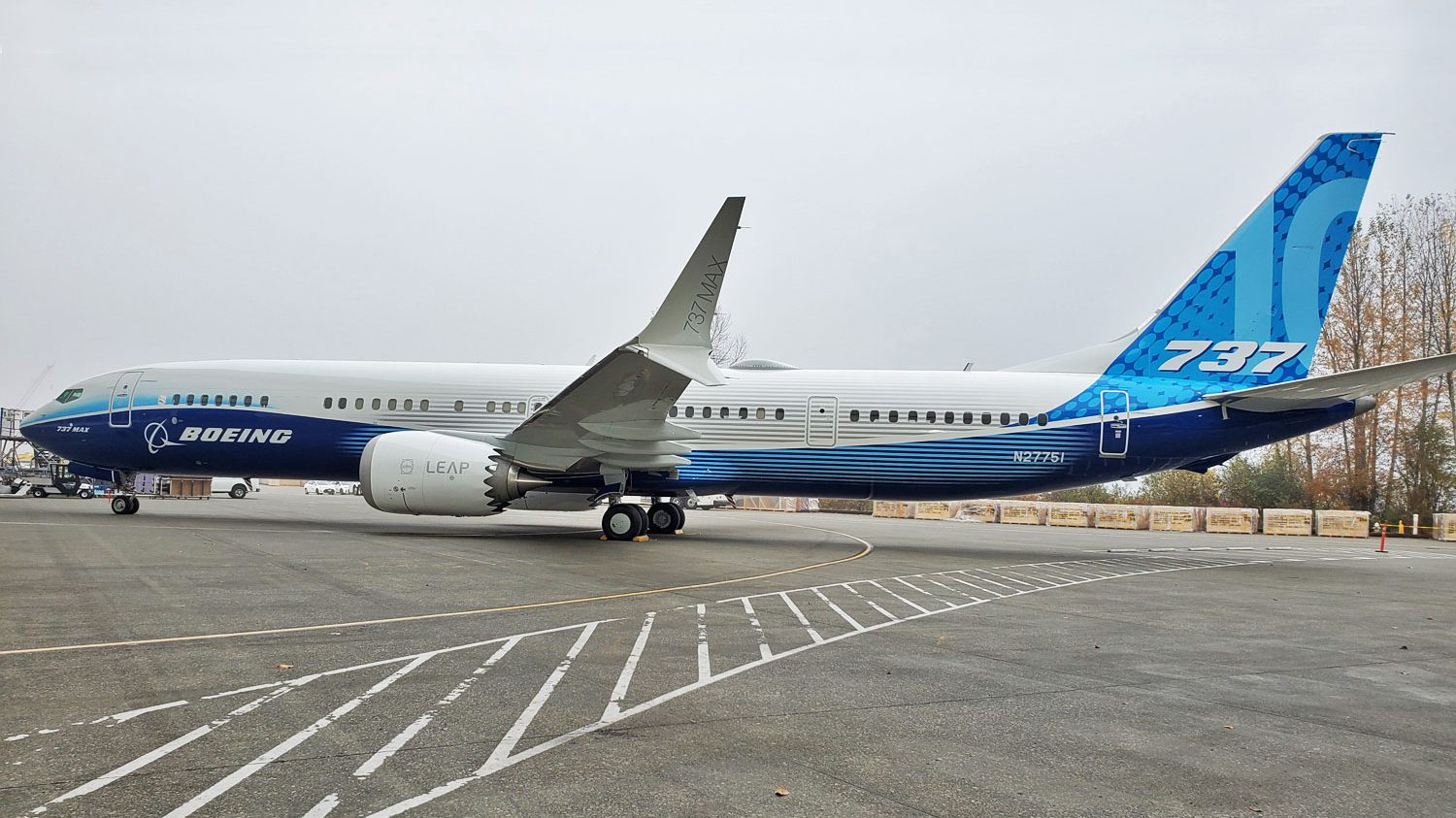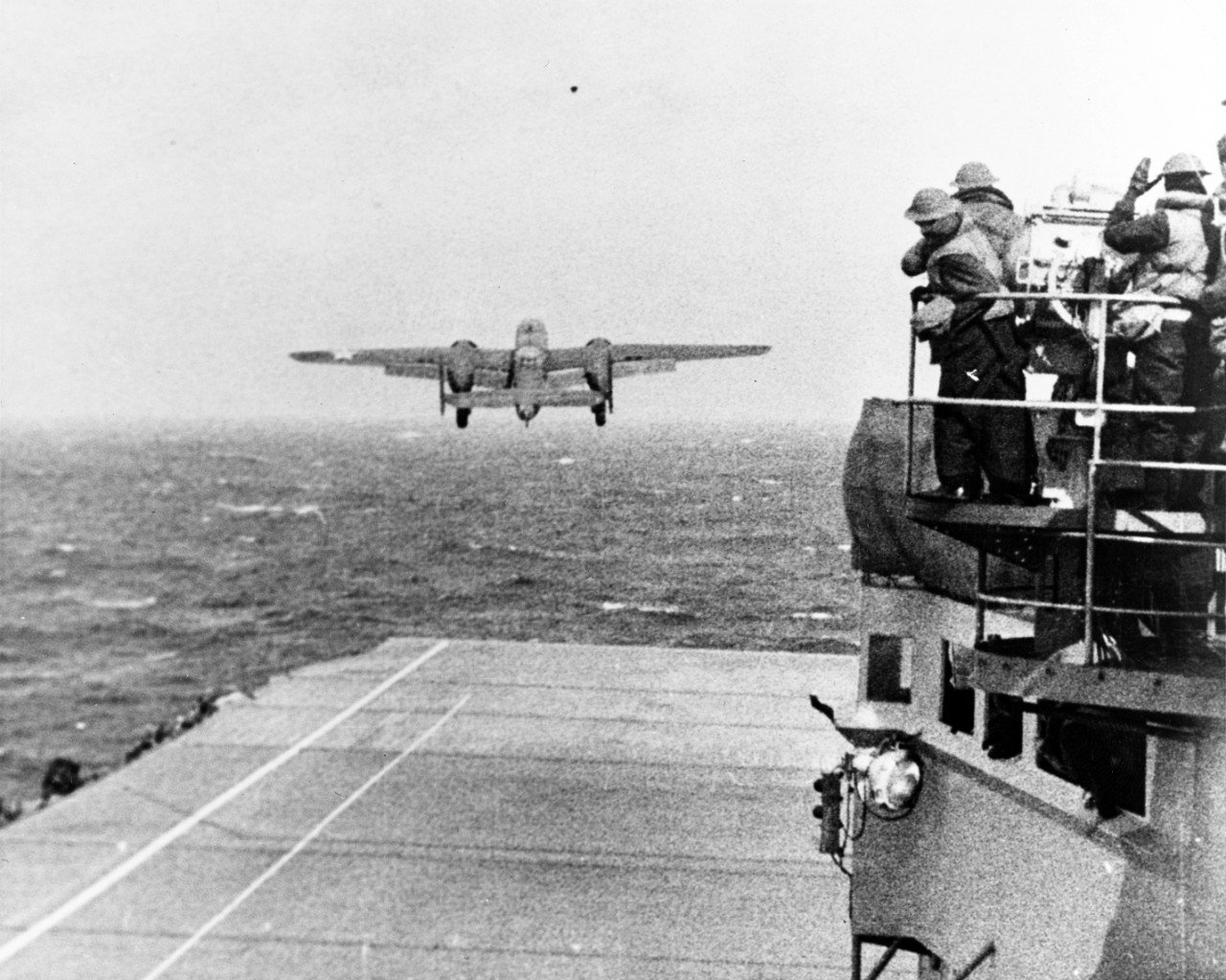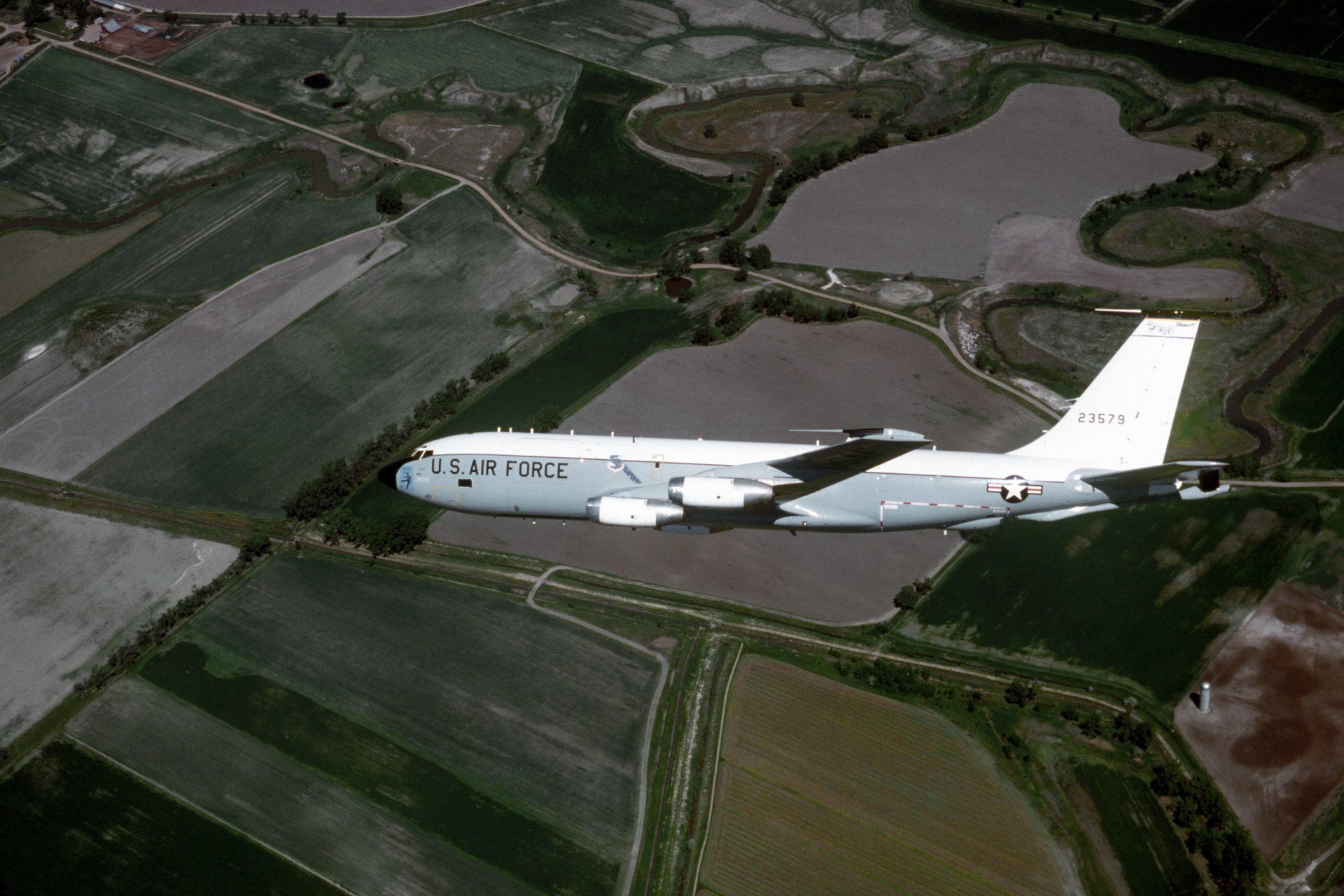Boeing 367-80 Variants:
January 11th, 2023
The Boeing 367-80 was one of the first jetliners in the world, as well as the first successful jetliner. The 367-80 was built as a prototype for the 707. The 367-80 was later evolved into the following on this list below, except for the EC-135/RC-135 variants that will be included on two other posts:
- 707-120
- 707-220
- 707-320
- 707-420
- 707-020 (720)
- OC-135B Open Skies
- WC-135 Constant Phoenix
- KC-135 Stratotanker
- RC-135 Variants
- EC-135 Variants
- NKC-135
- VC-137
- E-3 Sentry
- Northrop Grumman E-8 Joint Surveillance Target Attack Radar System (Joint STARS or J-STARS)
707 Variants
707-120
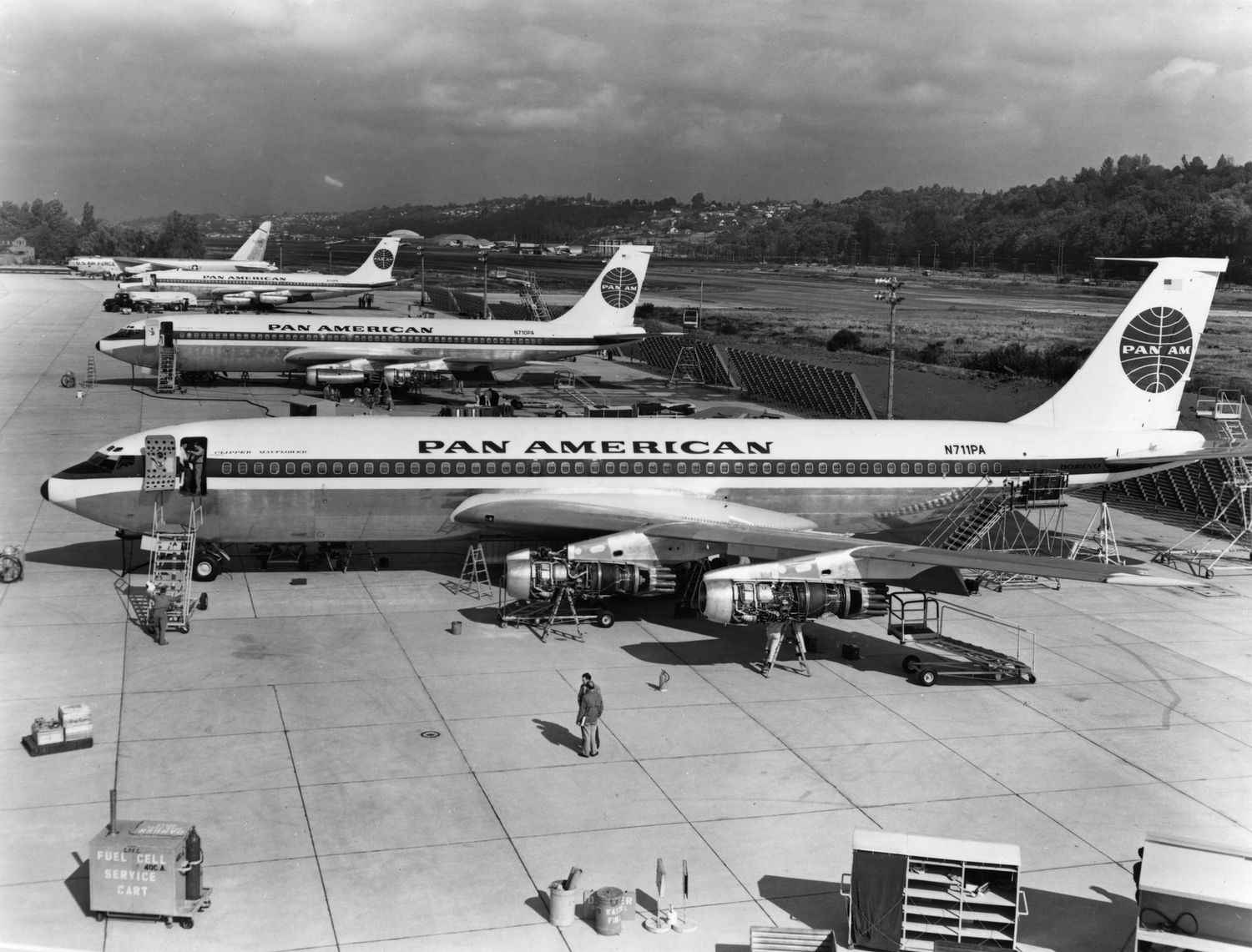
The 707-120 was the first variant of the 707 series. The -120 was used by Pan Am well into the '70s and was eventually replaced by the Boeing 747 series. The -120 was also one of the first jetliners in the world while being the first successful jetliner in the world.
707-220

The Boeing 707-220 was a slightly upgraded version of the 707-120. Unfortunately only 6 aircraft were built with Braniff International Airways as the only operator. the -220 was quickly phased out of service after several years.
707-320
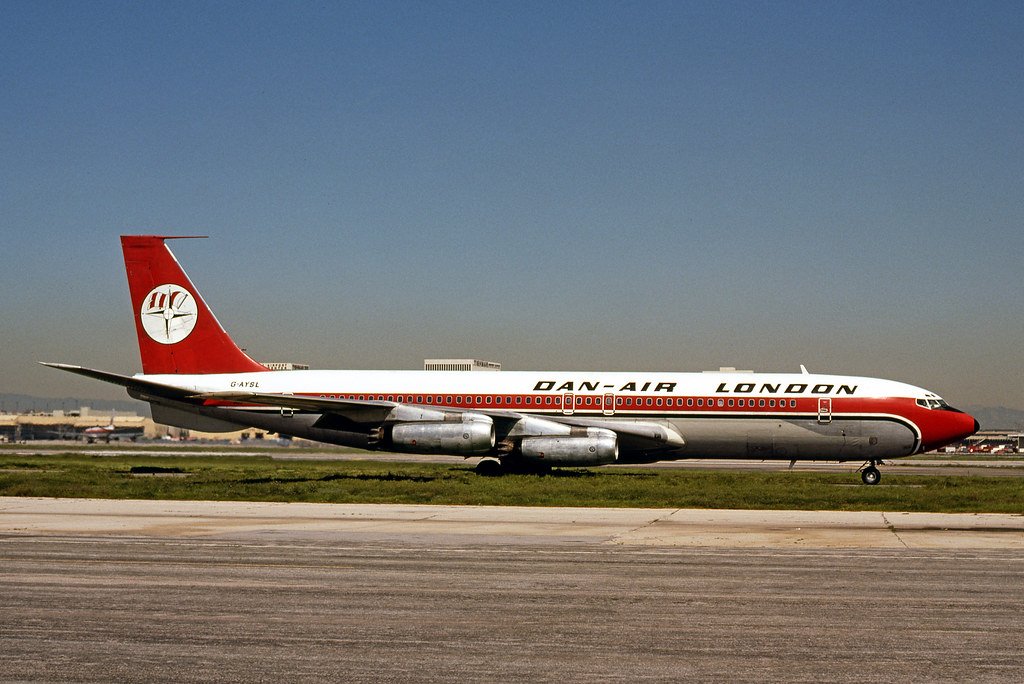
The 707-320 with the -420 was the largest 707 variants to be built. The -320 was used by Dan - Air London as well as BOAC as a replacement for the de Havilland Comet.
707-420

The 707-420 was a newer, and slightly upgraded version of the 707-320. The -420 was used by Pan Am until right around when the 747 came out.
707-020 (720)
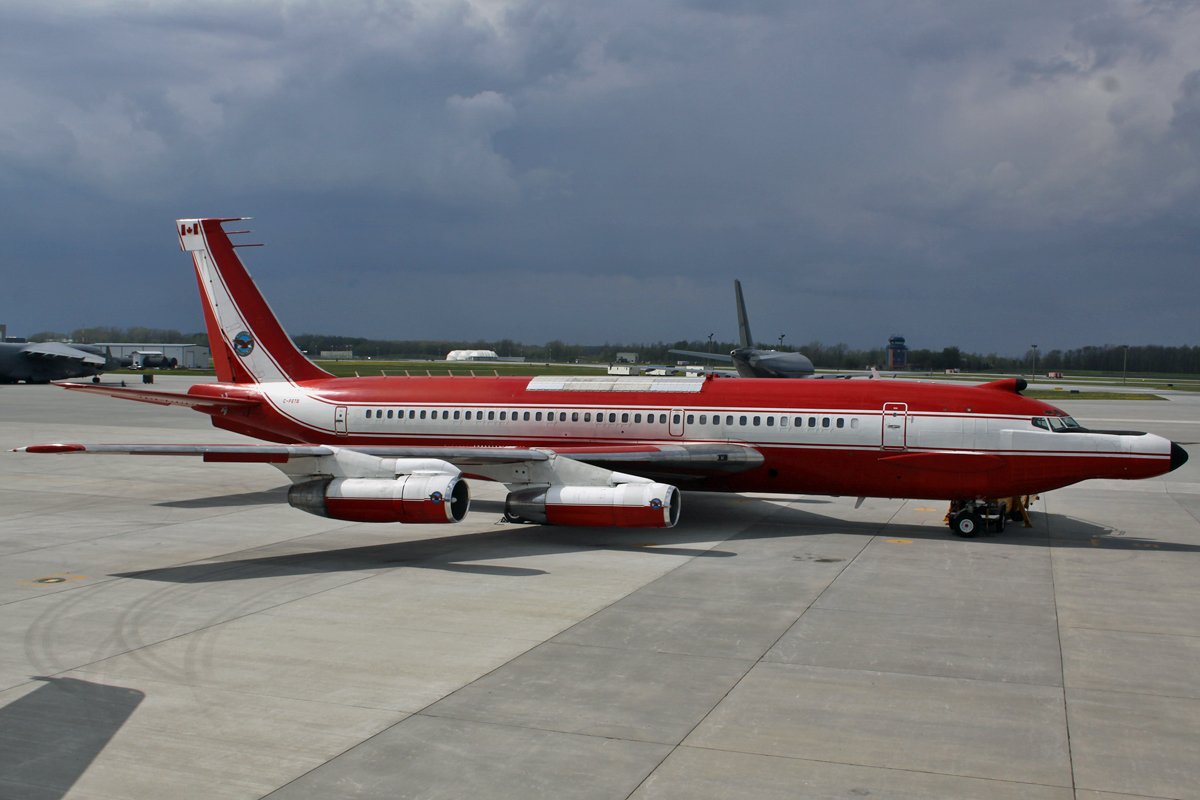
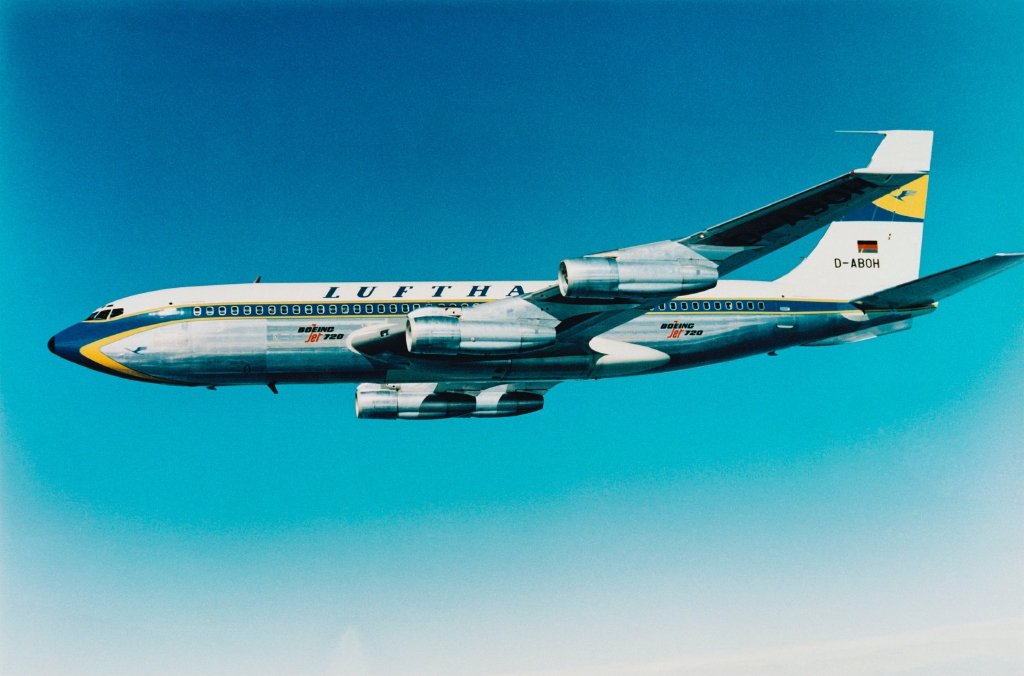
The 720 or 707-020 depending on what you call it was the last aircraft in the 707 series. the 720 was the shortest 707 variant. Due to that fact, it became very popular with airlines in Europe and with Qantas Airways of Australia due to the fact that those areas that they serviced have shorter runways. The last 720 to be still in service was with Pratt and Whitney as an engine testbed.
Military Variants (Excluding EC/RC-135 variants)
OC-135B Open Skies
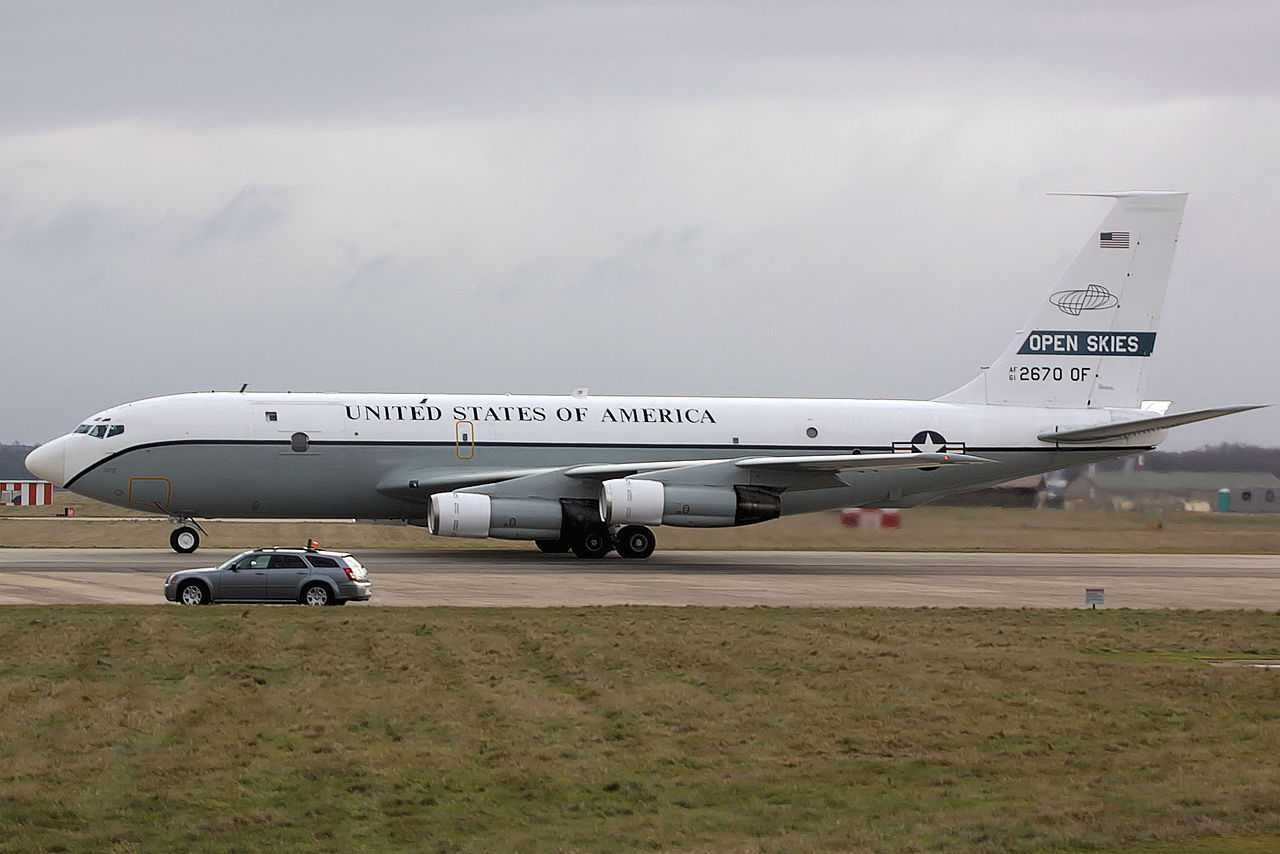
The OC-135B Open Skies can trace its origins back to a summit between US President Eisenhower and Soviet Premier Nikita Khrushchev in 1956 when Eisenhower proposed of the Open Skies program to Khrushchev, which would be allowing both countries to tell the other where all of their military installations and allow reconnaissance planes to fly over them. This would allow both sides to monitor each other, but unfortunately Khrushchev disapproved of it, but the U.S. Government continued with the idea and this airframe came out in the 1960s and was used for that same mission in other countries, such as Russia after the Cold War.
WC-135 Constant Phoenix
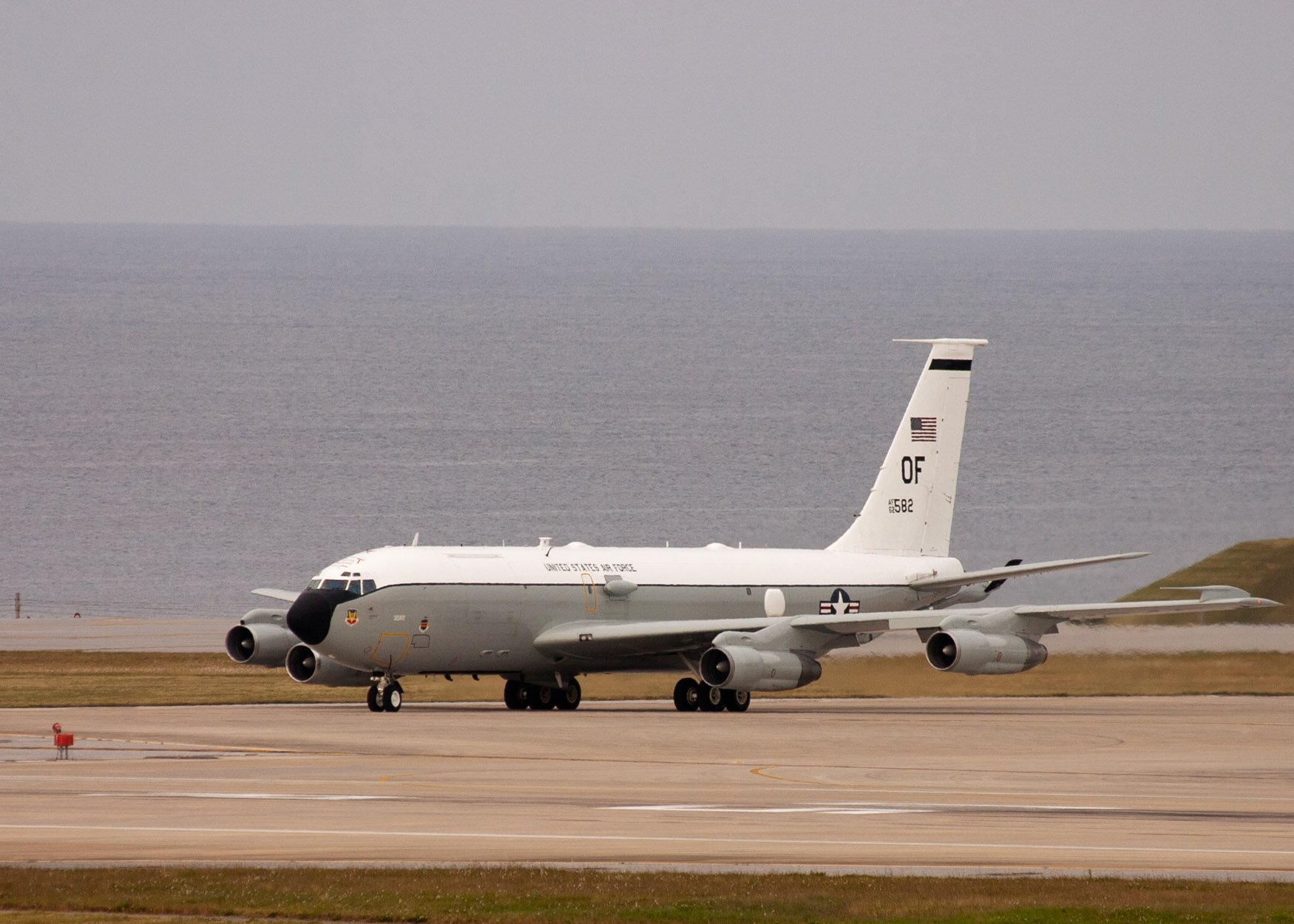
The WC-135 Constant Phoenix is used to watch unfriendly nations such as Russia, China, North Korea, and several other countries nuclear testing programs to see how powerful their nuclear weapons are by sampling radioactive "clouds".
KC-135 Stratotanker
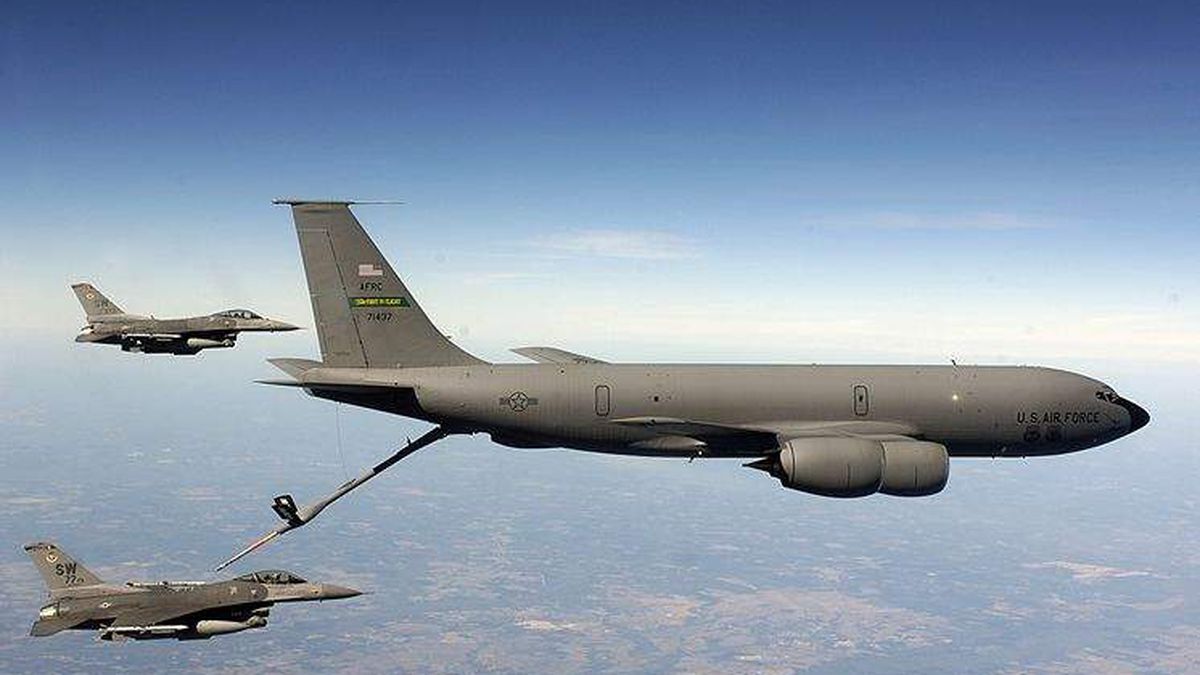
The KC-135 is one of the most popular military variants of the Boeing 367-80 that exists. The type is used to aerial refuel aircraft. The type has been in service for several decades and is expected to remain in service for several more years before being replaced by the Boeing KC-46 Pegasus. The aircraft has a small area near the back of the aircraft where the boom operator sits and controls the refueling boom. The type is also one of the few variants of the 367-80 in service that served in Vietnam.
NKC-135
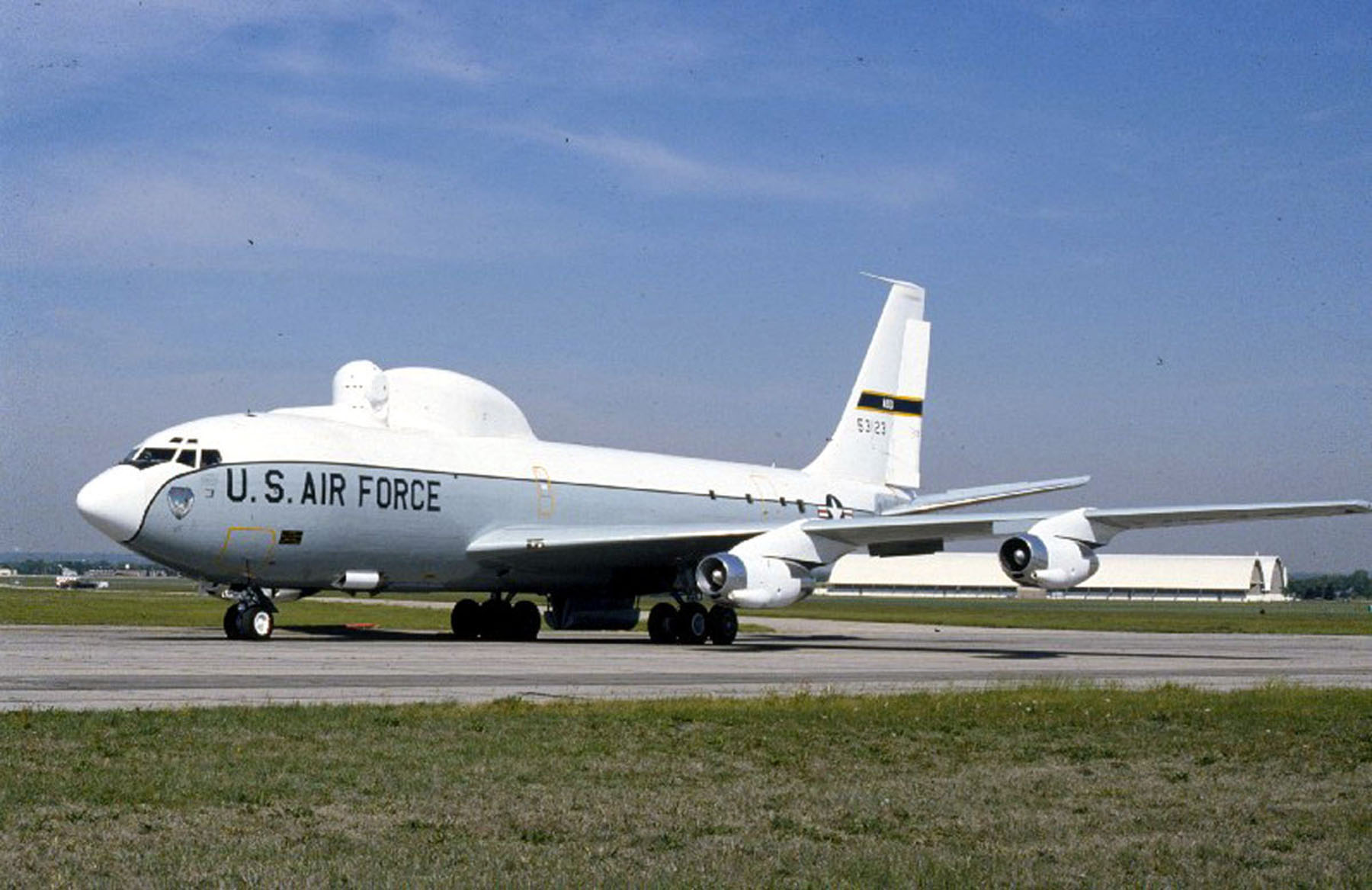
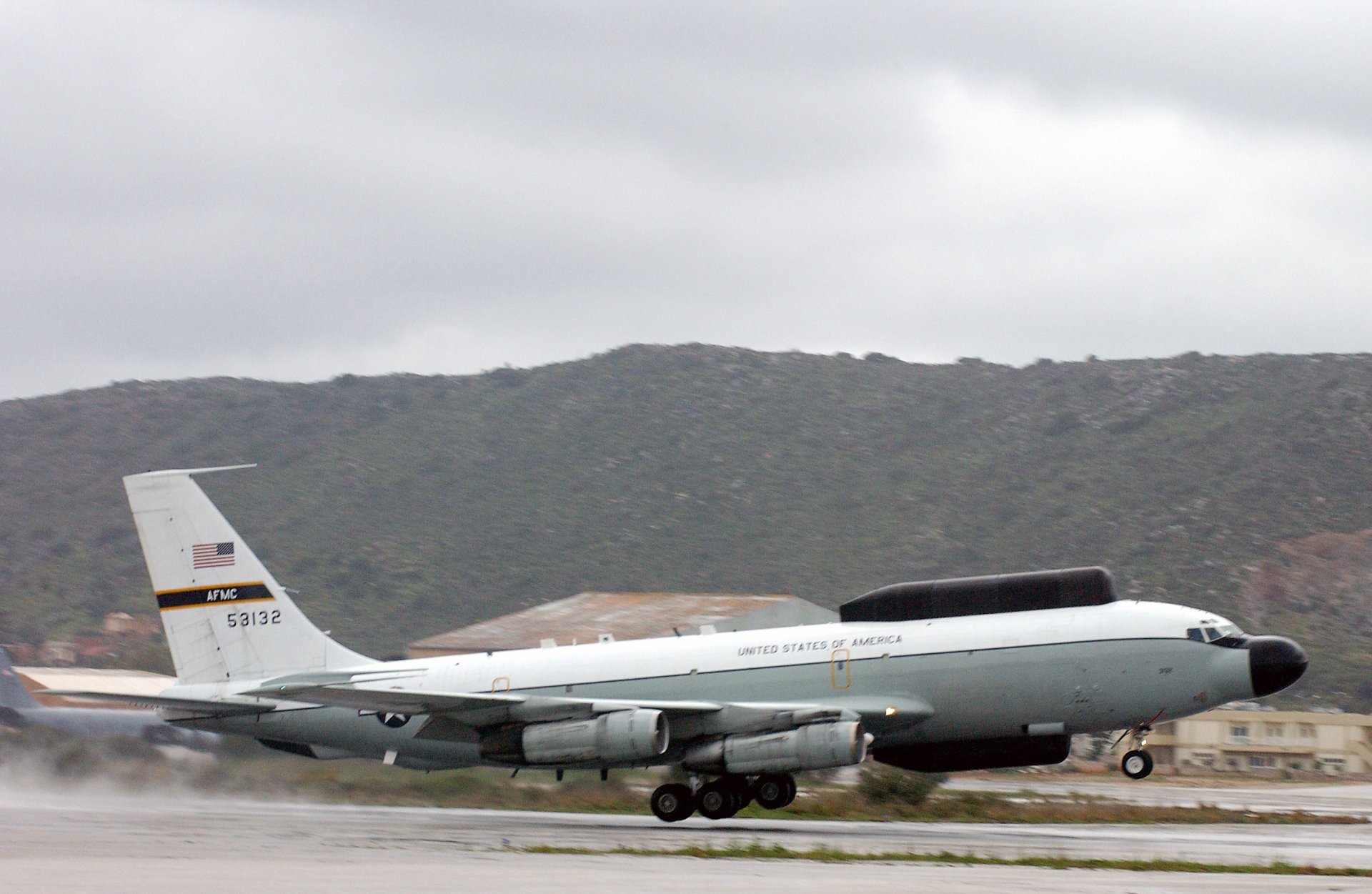
The NKC-135 is an airborne laser lab designed to shoot down ballistic missiles. The type from about 2000-2010 was replaced by the Boeing YAL-1, but due to high operating costs of the YAL-1 (about 1 billion dollars a year) it was retired and then the NKC-135 came back to service. During the YAL-1 program, the NKC-135 used its onboard lasers to show up on the YAL-1's radar as a ballistic missile for training purposes.
VC-137
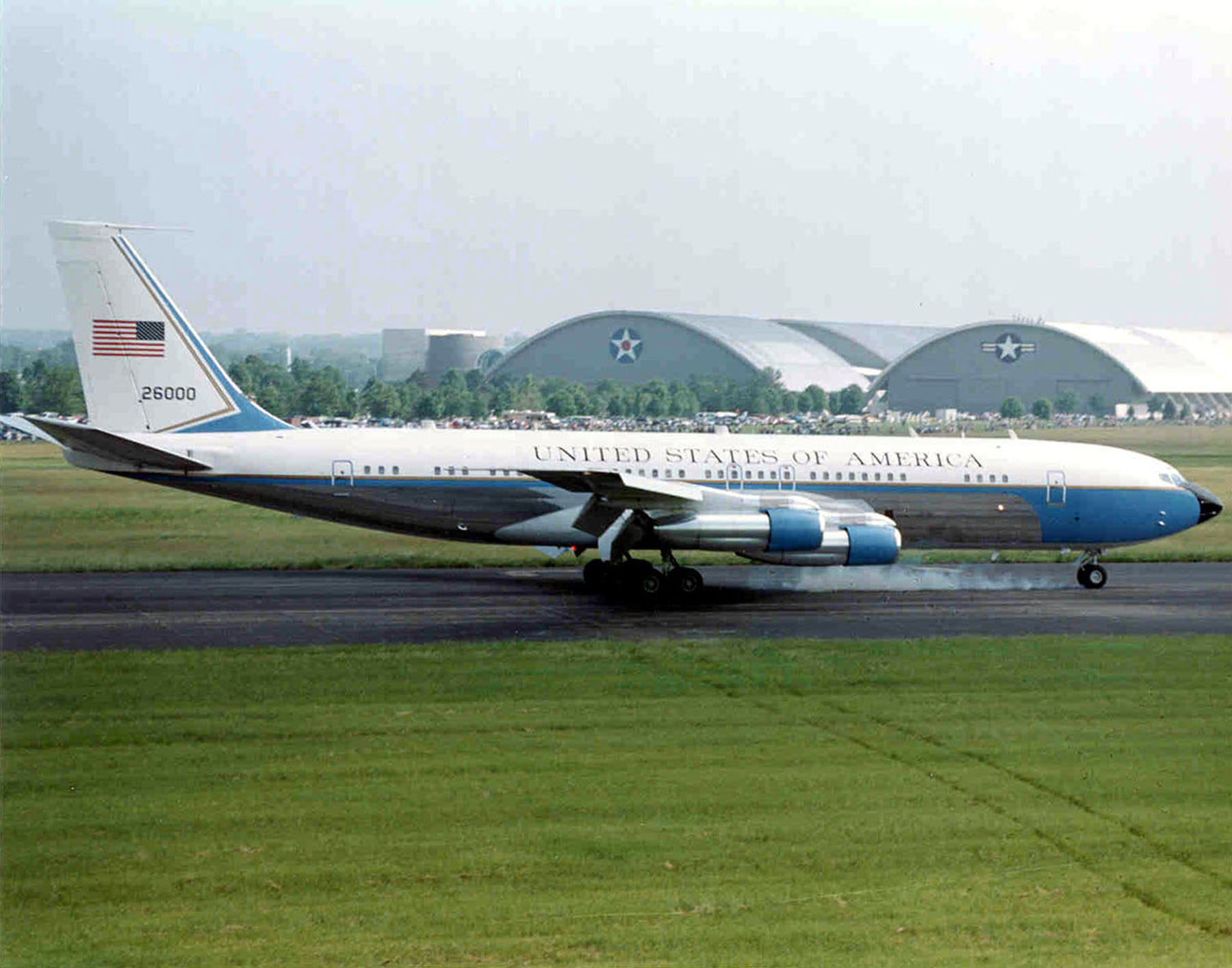
The VC-137 was the VIP version of the 707-320 and was used by the President of the United States from Eisenhower to Reagan as Air Force One. The aircraft was eventually replaced by VC-25 (747-200) during President George H.W. Bush's presidency.
E-3 Sentry
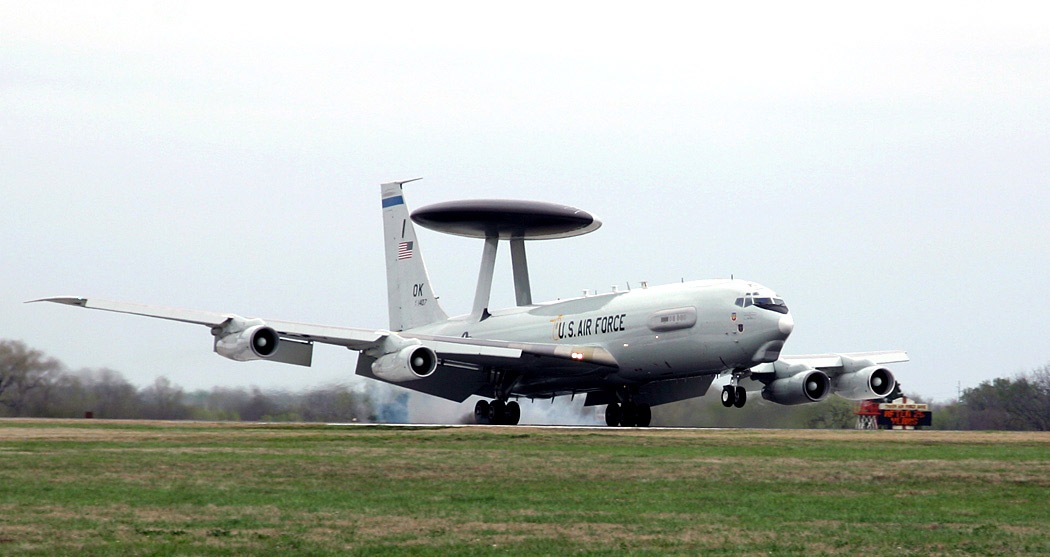
The E-3 Sentry is the primary AWACS (Airborne Warning And Control System) aircraft used by both NATO and the USAF. The E-3 will start being replaced by the E-737 as well as the E-8 JSTARS by 2027. One of the newer E-3 variants is the E-767 which is used by the Japan Air Self-Defence Force which is a Boeing 767 with the E-3 electronics.
E-8 Joint Surveillance Target Attack Radar System (Joint STARS or J-STARS)

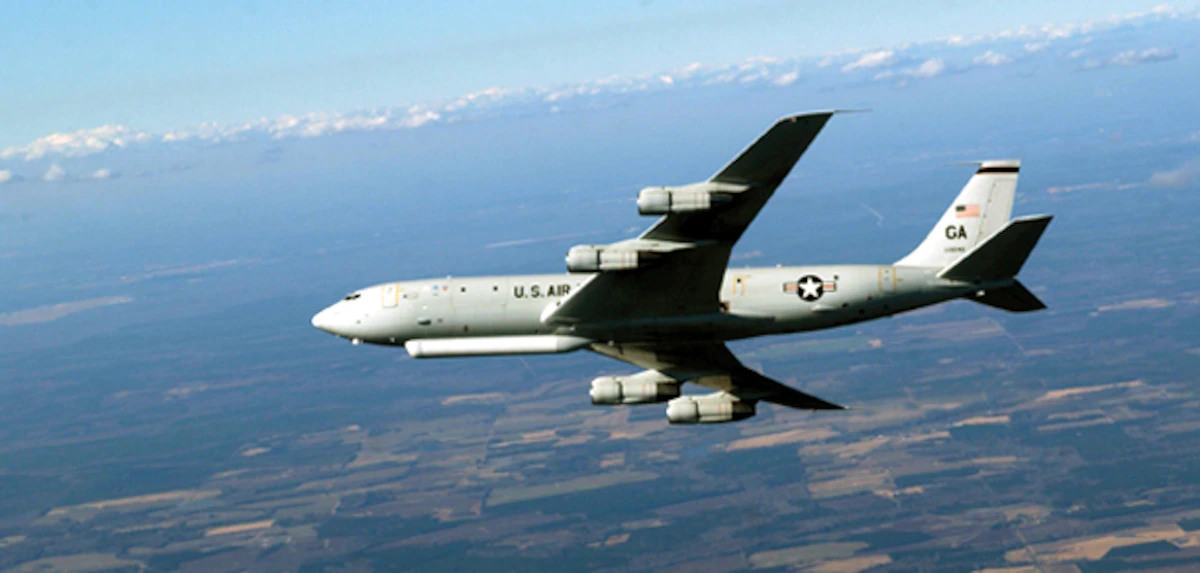
The Boeing/Northrop Grumman E-8 J-Stars is the newest variant of the 367-80 and first appeared within the last two decades. It quickly proved its worth in Afghanistan coordinating USAF, USN, and USMC attack aircraft for supporting friendly troops on the ground.

